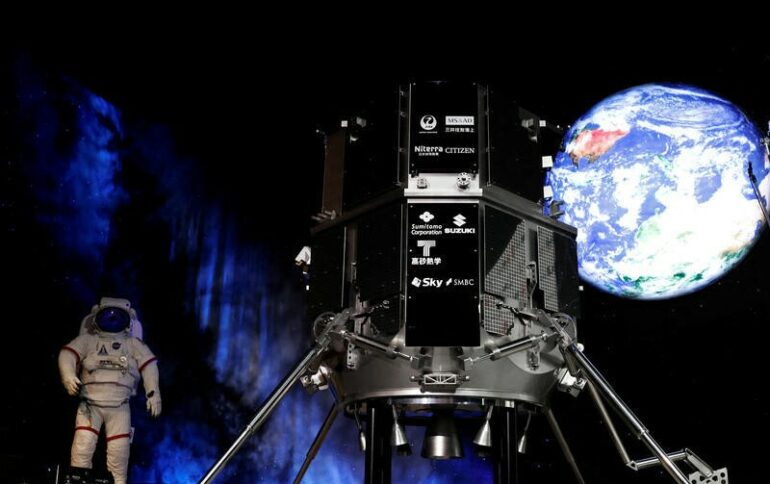ispace, the private lunar exploration company, has concluded its analysis of the data from the unsuccessful Hakuto-R lunar landing mission, pointing to challenging lunar terrain and a last-minute alteration in the landing site as the primary factors behind the failure. Although Hakuto-R managed to complete the deceleration process in preparation for touchdown on the lunar surface, an issue with altitude estimation led to a critical software error.
According to the findings, Hakuto-R initiated its descent sequence when it reached an altitude of approximately 100 kilometers (62 miles) and successfully decelerated to a speed of less than 1 m/s. However, the spacecraft’s software mistakenly assumed that it had already landed when it was hovering around 5 kilometers (3 miles) above the lunar surface. As a result, it continued descending at an extremely slow pace until its propulsion system depleted its fuel reserves. ispace’s attempts to reestablish communication with Hakuto-R were unsuccessful, leading the company to believe that the spacecraft eventually experienced a free fall and crashed on the moon.
As for the cause of the altitude estimation issue, ispace points to a probable source of confusion during the mission. While en route to the landing site, Hakuto-R flew over a substantial cliff that turned out to be the rim of a crater. At this point, the spacecraft’s onboard sensor recorded an altitude reading of 3 kilometers, exceeding the predetermined estimated value. The software erroneously interpreted this as an abnormal reading and subsequently disregarded all subsequent altitude measurements.
ispace had implemented the capability to reject abnormal altitude measurements into the lander’s software as a safety measure in case of sensor hardware malfunctions. However, this safeguard backfired during Mission 1 because the simulations of the landing sequence did not account for the lunar environment along the spacecraft’s trajectory. Additionally, the decision to change the landing site occurred after the critical design review had already been completed in 2021.
The analysis underscores the technical challenges associated with lunar landings and the need for accurate estimation and response mechanisms. ispace acknowledges the impact of these issues and intends to apply the lessons learned from the Hakuto-R mission to future lunar exploration endeavors. The company remains committed to advancing its space exploration capabilities and contributing to the broader scientific understanding of the moon.
While the Hakuto-R lunar landing did not achieve its objectives, ispace’s dedication to pushing the boundaries of space exploration continues to inspire advancements in technology and engineering. The company’s ongoing efforts represent a crucial step forward in unlocking the mysteries of our celestial neighbor and paving the way for future lunar missions.

